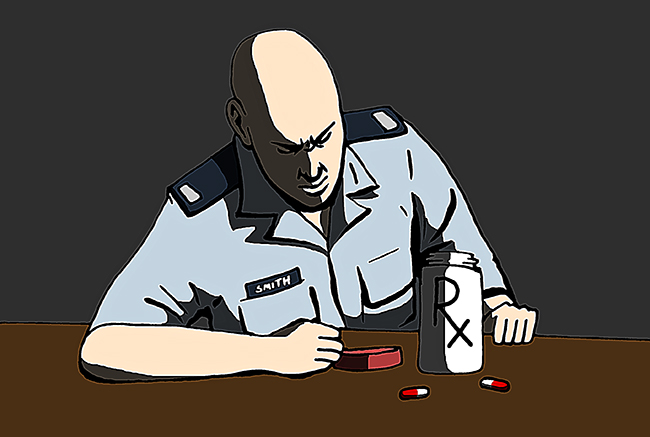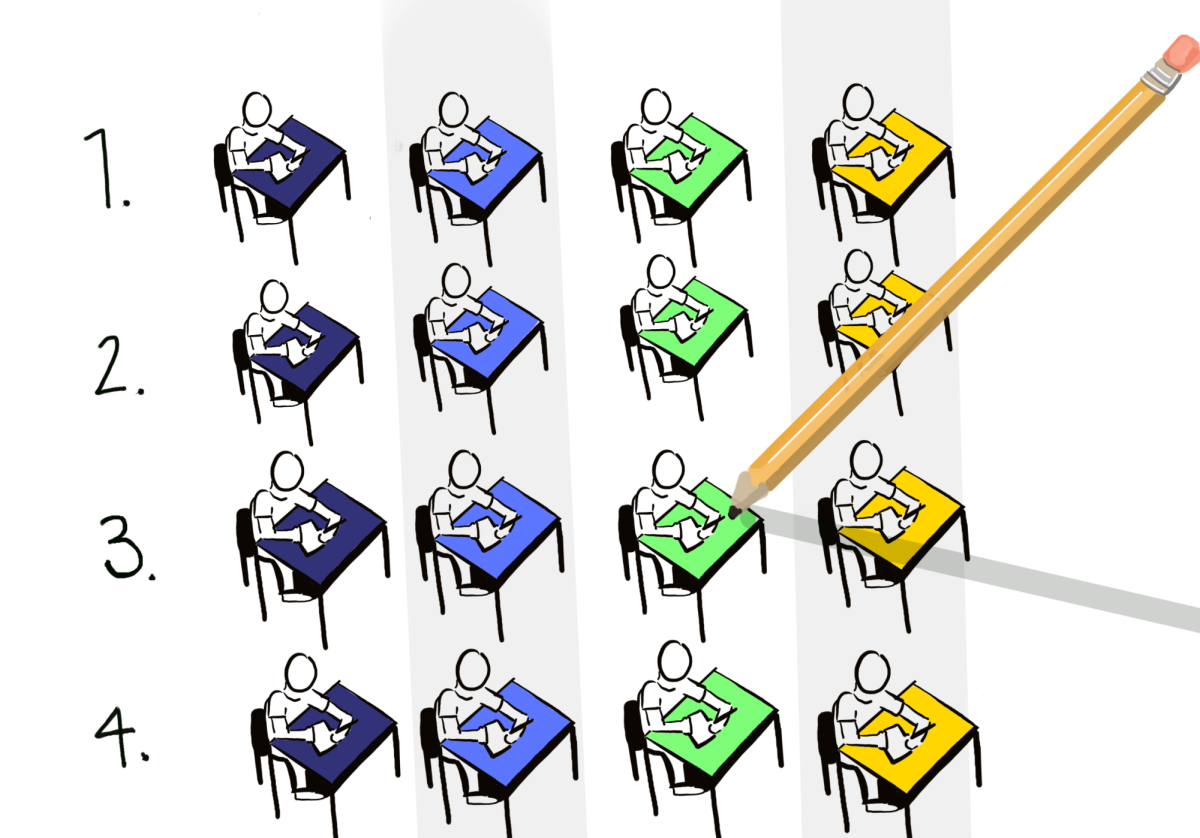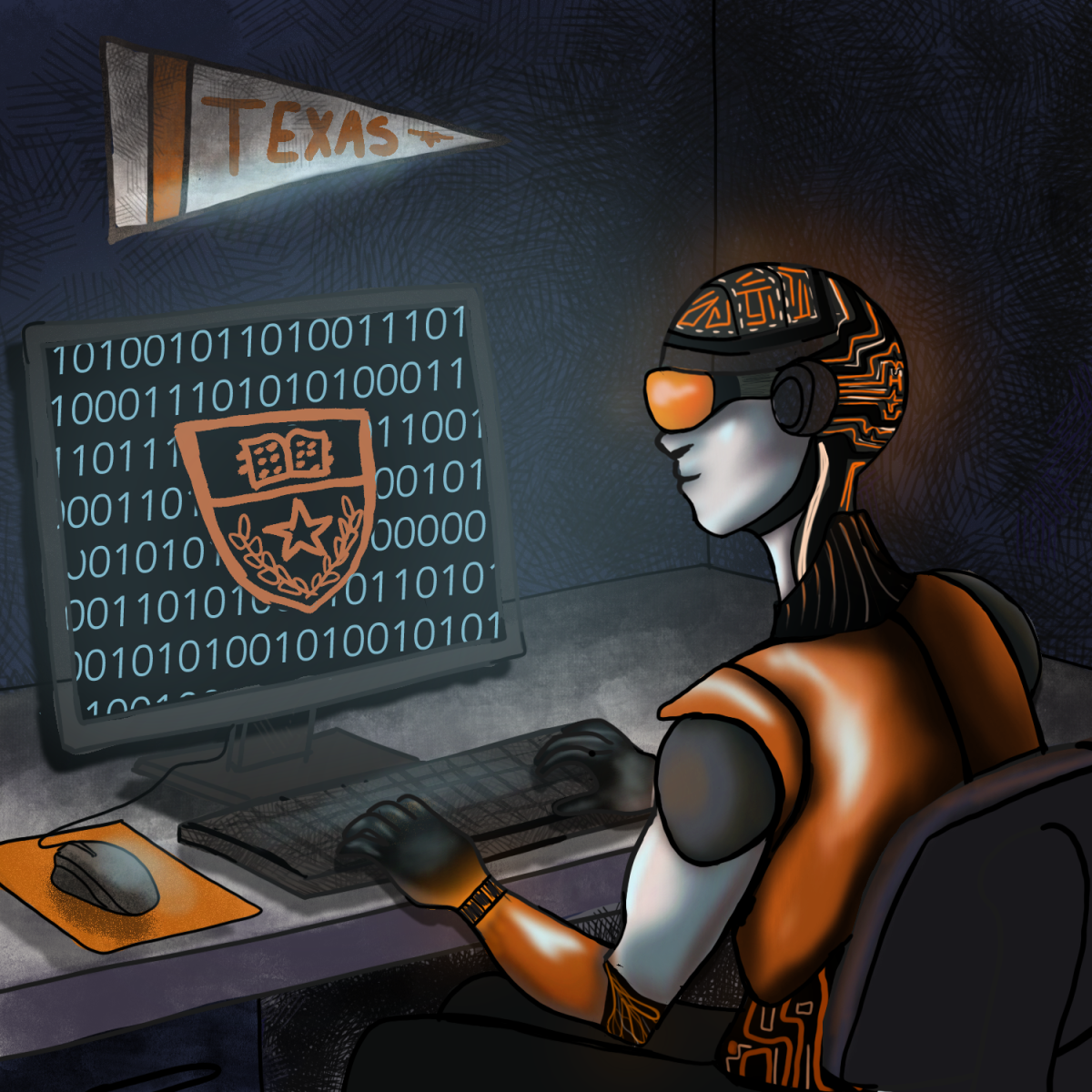In 2015 alone, the United States has experienced 44,366 gun-related incidents, 11,175 gun deaths and 283 mass shootings. In the face of the increasingly high profile problem of gun violence, politicians such as Ted Cruz and Bernie Sanders have claimed that mental illness is a root cause of gun violence.
Regardless of the fact that other developed countries experience only slightly lower rates of mental illness yet far fewer mass shootings, these claims raise an important issue. Mental illness alone does not cause violence, but has played a role in previous mass shootings and it is an undeniably serious problem that adversely affects millions of Americans every year. However, government policies blocking psychoactive drug research demonstrate our collective failure to adequately address mental illness. Political rhetoric condemning a national “mental health crisis” rings hollow when our government has banned clinical research into these potentially life-saving drugs for over 40 years.
Psychedelic drugs such as cannabis, LSD, MDMA and psilocybin are part of a diverse group of compounds that alter sensory perception and cognition, often inducing feelings of pleasure, euphoria and altered states of consciousness. They are popular among recreational drug users and the DEA classifies them as Schedule I drugs, or addictive substances with high potential for abuse and no medical uses.
Neuroscience professor R. Adron Harris, who leads the Harris lab at the Waggoner Center for Alcohol and Addiction Research, said he believes this classification is dubious at best.
“The classification of psychoactive drugs is very arbitrary,” Harris said. “The DEA is currently telling the public that cannabis has no medical uses, yet almost half the states in the country have legalized for medicinal purposes. There’s a huge gulf between what the federal government is saying about drugs and our current understanding of them.”
Cannabis has several known medical uses, but the public isn’t as aware that hallucinogens also show therapeutic potential. MDMA has been shown to help veterans with PTSD, psilocybin has eased the depression and anxiety of terminal cancer patients, and LSD effectively treats cluster headaches. The current pariah status of psychoactives is based more on irrational fear than scientific research.
Of course, large-scale clinical research is needed to verify these preliminary claims, but if these drugs are really as dangerous and ineffective as the DEA claims, clinical research would vindicate them. Blocking research doesn’t accomplish anything other than obscuring the truth.
Drugs, including currently accepted pharmaceuticals, are never a panacea for psychological distress. Support from others and the patient’s own determination are arguably the most important elements in the successful treatment of mental illness. Fundamentally, drugs are just chemical tools which can catalyze the healing process. Psychoactive drugs pose risks and they may or may not live up to our expectations, but allowing veterans with PTSD and terminal cancer patients to suffer because of our willful ignorance is unacceptable.
Jensen is neuroscience junior from Houston. Follow Jensen on Twitter @michaeltangible.





















